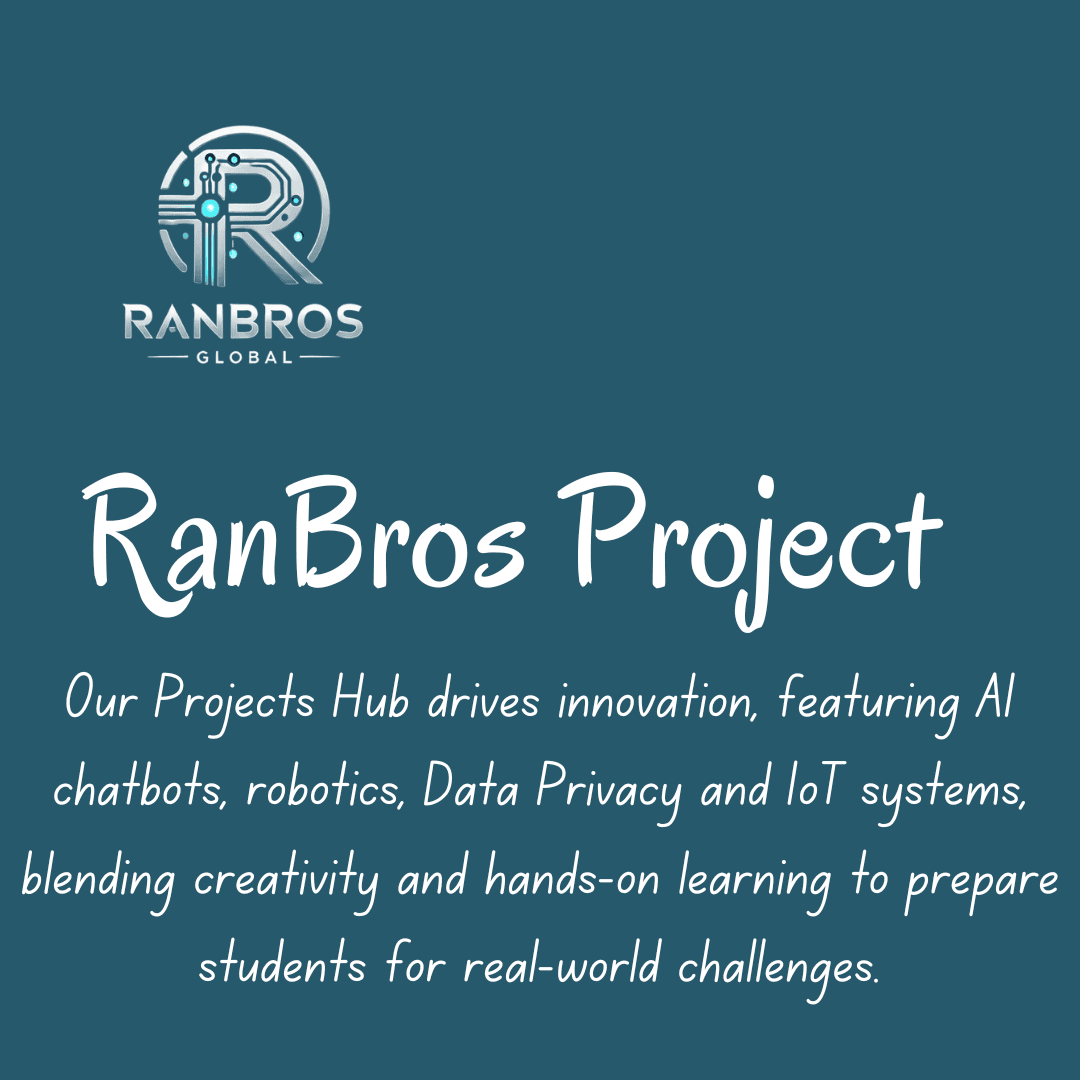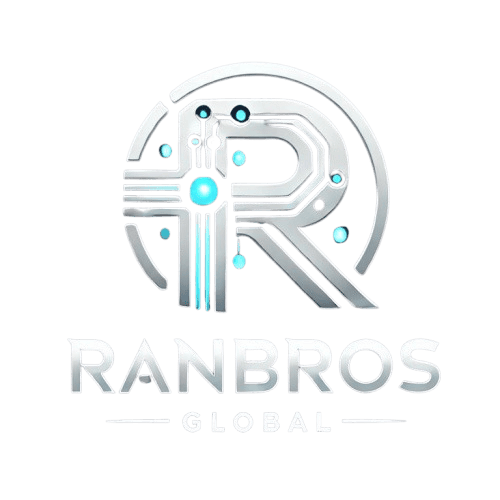1
AgriBot Locator Project
AgriBotLocator Project is a weed detector that uses entirely off-the-shelf componentry, very simple green-detection algorithms (with capacity to upgrade to in-crop detection) and 3D printable parts. OWL integrates weed detection on a mini computer with a relay control board or custom driver board, in a custom designed. This can be mounted on robots, vehicles and bicycles for spot spraying.
2
Legal AI Advisor
The Legal AI Advisor is a system designed to provide basic legal advice through a natural language interface powered by an LLM (e.g., GPT). Users input queries like "What should I do if I’ve been involved in a car accident?" into a web or mobile application, where the LLM interprets their intent and retrieves relevant information from a structured legal knowledge base. This back-end database organizes laws, FAQs, and case summaries by domain (e.g., Criminal Law, Contracts) and uses semantic search to deliver precise responses. Middleware connects the LLM to the knowledge base, processing user queries into database searches and returning simplified, conversational responses. The system emphasizes security and compliance, anonymizing user data and adhering to privacy standards like GDPR. Developed with tools such as React for the front-end, Python for middleware, and a vector database like Pinecone, the system is scalable via cloud hosting (e.g., AWS). While providing accessible legal information, it includes disclaimers urging users to consult professionals for complex issues.
3
Data Privacy
The Privacy Project Using Apache Atlas and Apache Ranger teaches students how to manage data privacy and governance in a big data environment. By utilizing Apache Atlas for metadata management and Apache Ranger for access control, students will catalog sensitive datasets, assign privacy tags (like PII or Academic Records), and implement role-based access control (RBAC) policies to enforce privacy. The project involves setting up mock datasets in Hive or HDFS, using Atlas to classify data and Ranger to define policies that restrict access based on user roles (e.g., Admin, Student, Researcher). Students will also use Ranger’s auditing features to monitor access attempts and ensure compliance. The project provides hands-on experience with data governance concepts, such as metadata tagging, RBAC, and policy enforcement, while demonstrating the practical application of Apache Atlas and Ranger in managing data privacy and security in real-world scenarios.

4
Data Governance

5
Data Privacy

6
Chatbots

7
Cyber Security Data Visualization

